A radical reshaping of automotive production lines, to include flexible manufacturing cells, robotic guided vehicles and automated parts warehouses moved to trackside, are the key to making electric cars affordable, Europe’s second-biggest maker of robots, ABB, believes.
ABB is pushing a radical new production system that abandons the traditional assembly/trim line, with its dozens of sequential assembly stations, in favour of multiple flexible manufacturing cells between which vehicles and parts bins are hauled on trolleys by automated mobile robotic vehicles.
Rethinking production to drive manufacturing costs down will compensate for the high cost of essential componentry in electrics, and is emerging as a key pivot point in automotive manufacturing, believes ABB.
“OEMs have got to reduce the price of battery-electric cars and that means more efficient factory operations,” said ABB global powertrain group manager Patrick Matthews. “The velocity of change in electrification technology right now is unbelievable and the EV transition is the main catalyst.”
For Autocar Business webinars and podcasts, visit Autocar Business Insight
ABB has commissioned research into the extent to which electrification will be introduced into the world’s car plants and predicts that 86% of European car output will be EVs in 2035, with the comparative figures for Asia and North America 86% and 45% respectively. With 13 years until 2035 (that’s just 1.5 model cycles in car industry terms), the industry is under pressure to make this changeover sooner rather than later.
ABB uses the initialism HSFS (Highly Standardised Flexible Solution) for the system, which it has been working on for a few years, and which has gained partial traction with at least two plants – one in Europe and one in the US – adopting the new way of working in a limited number of sections of the factory; in one case, a body-panel pressing plant.



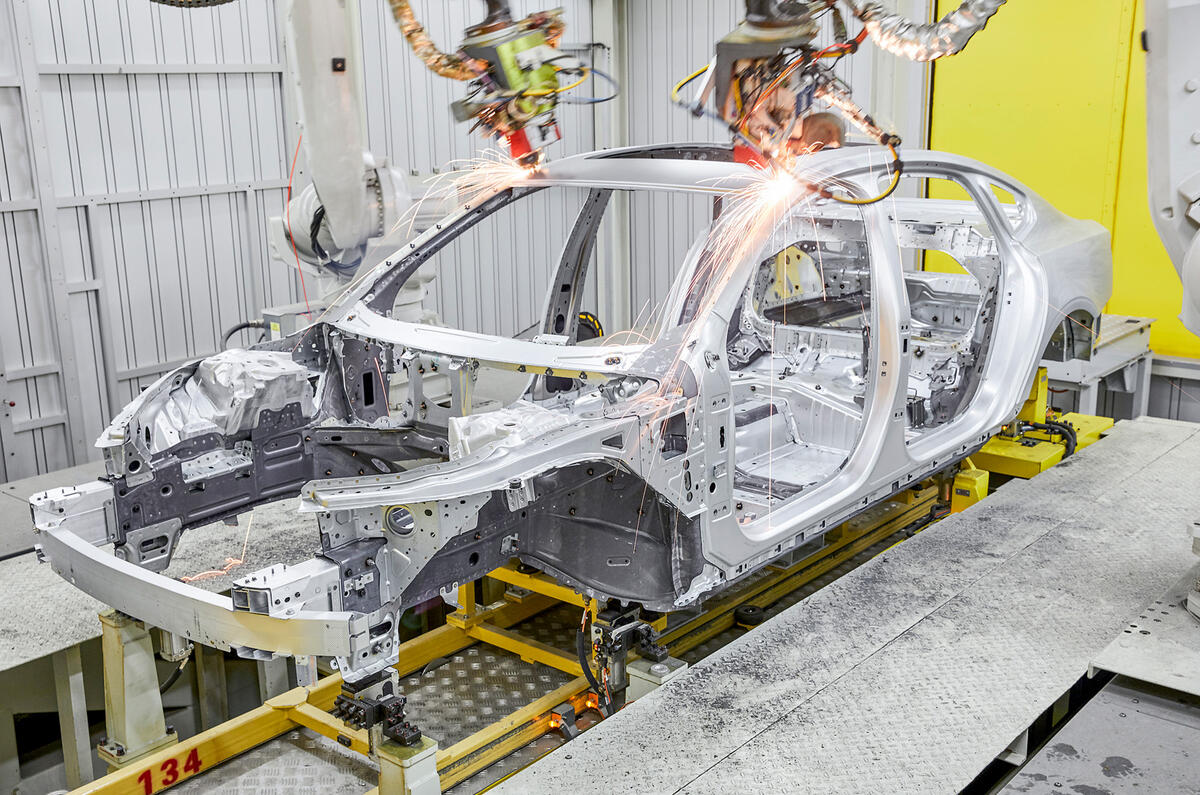
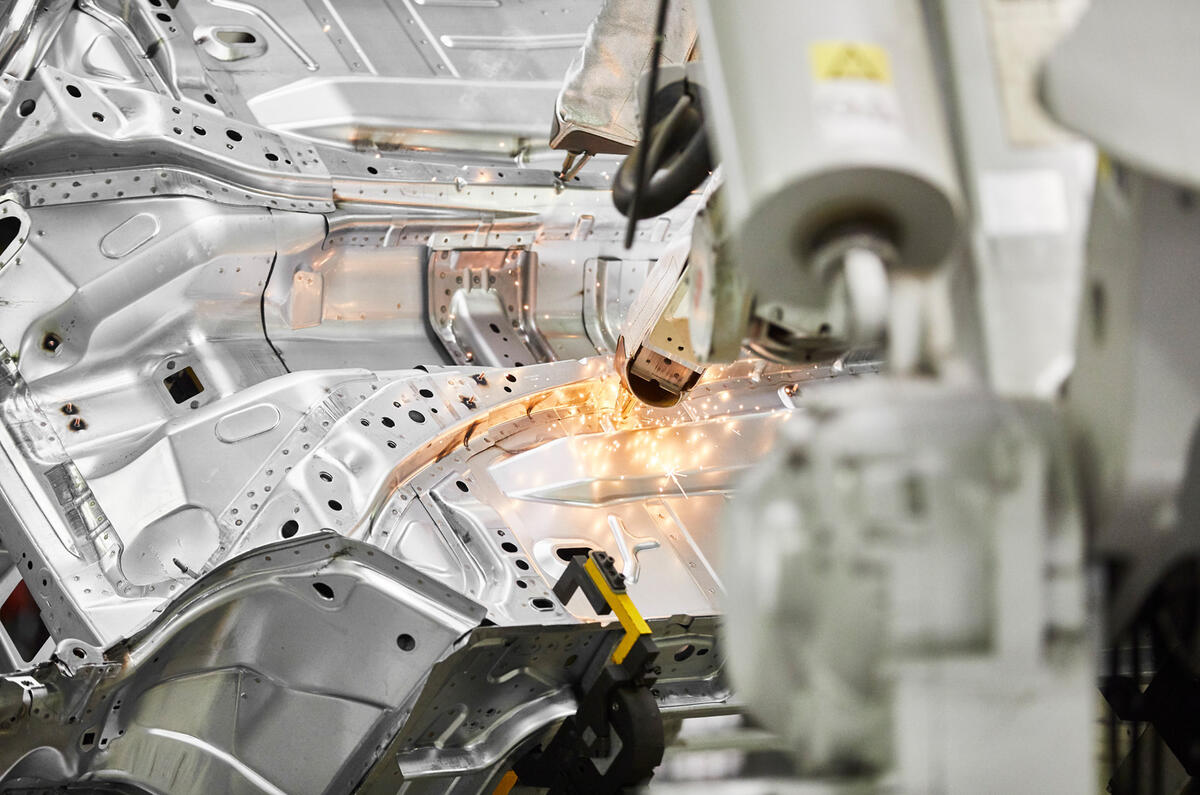
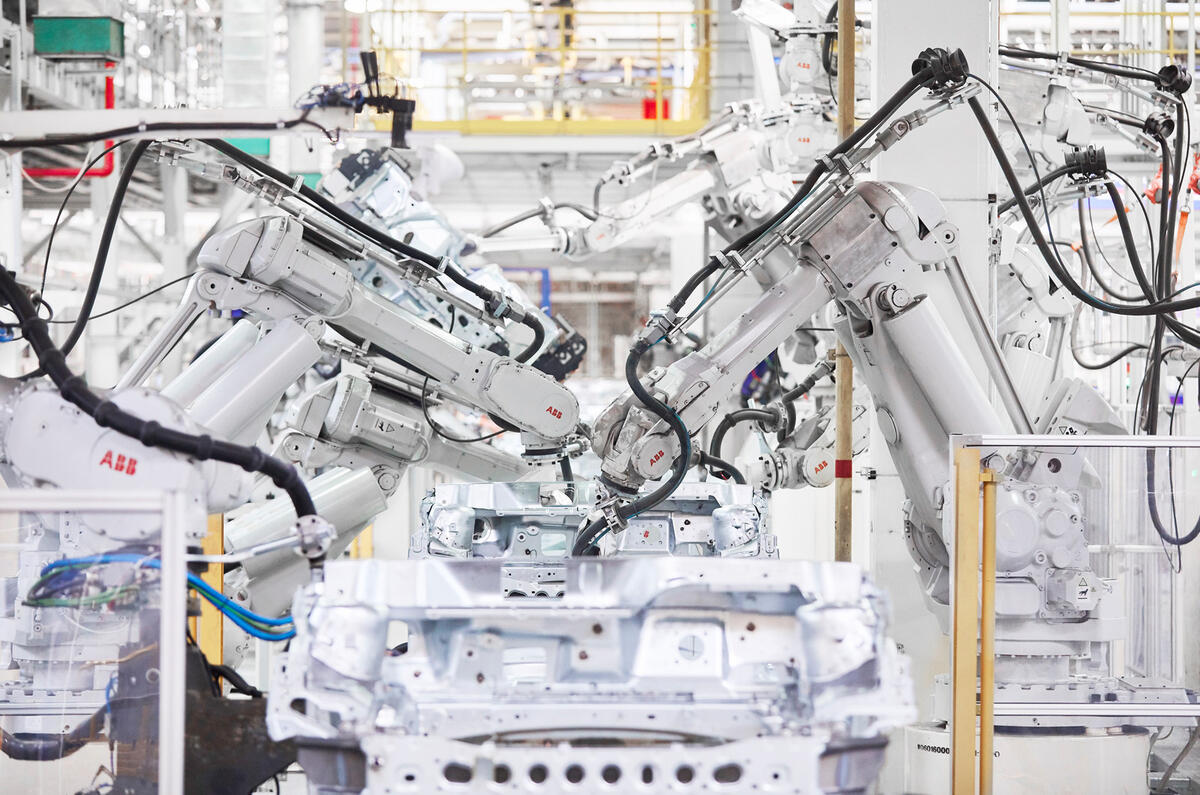
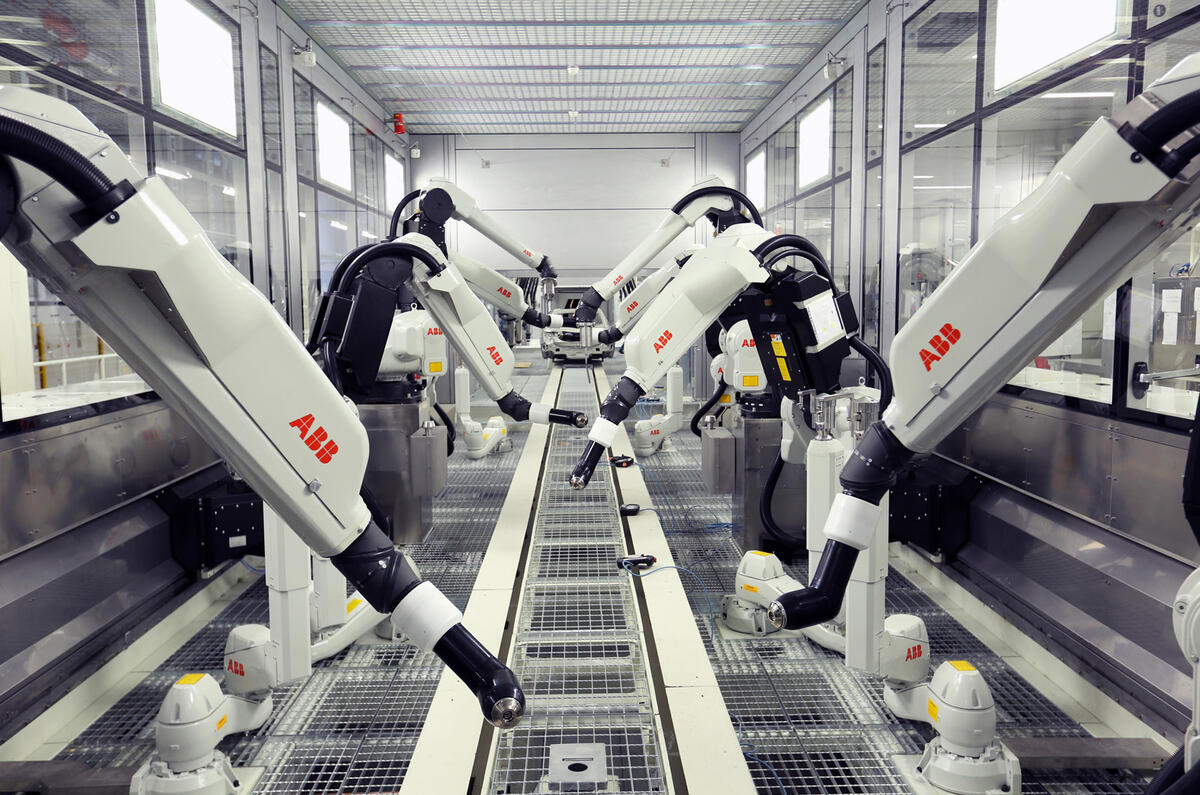
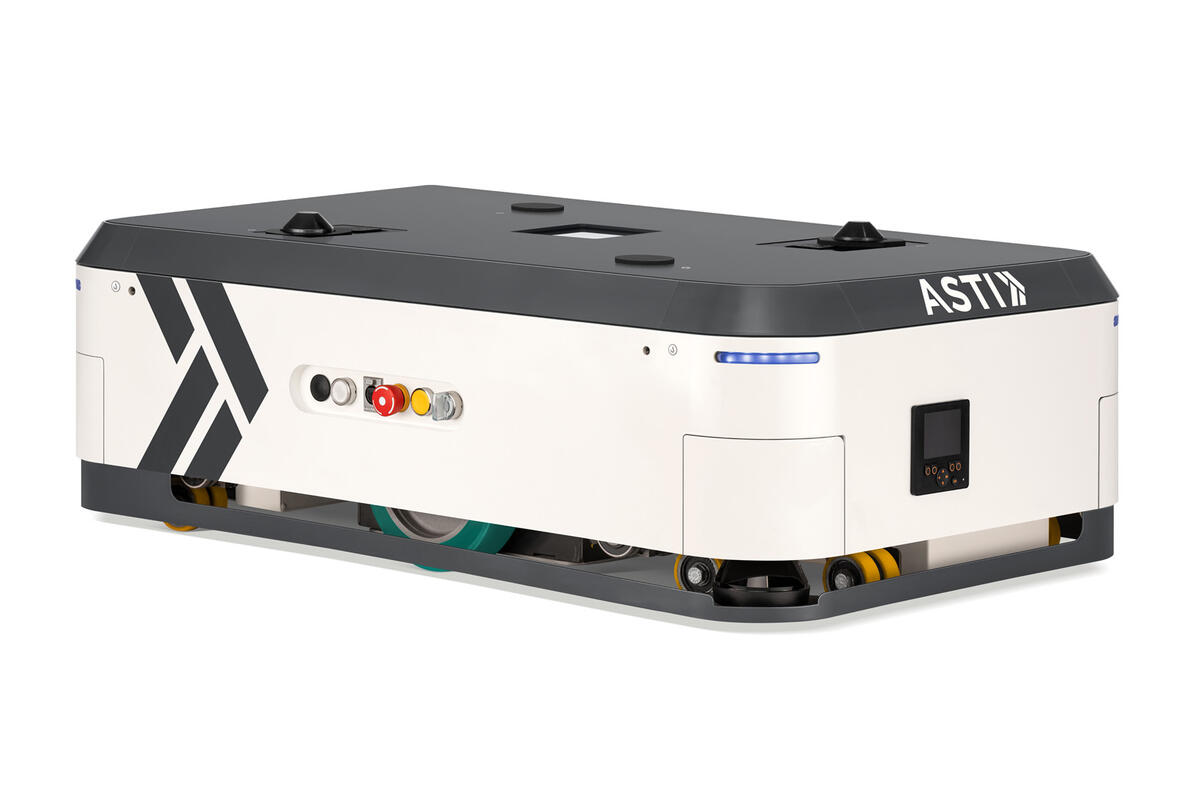
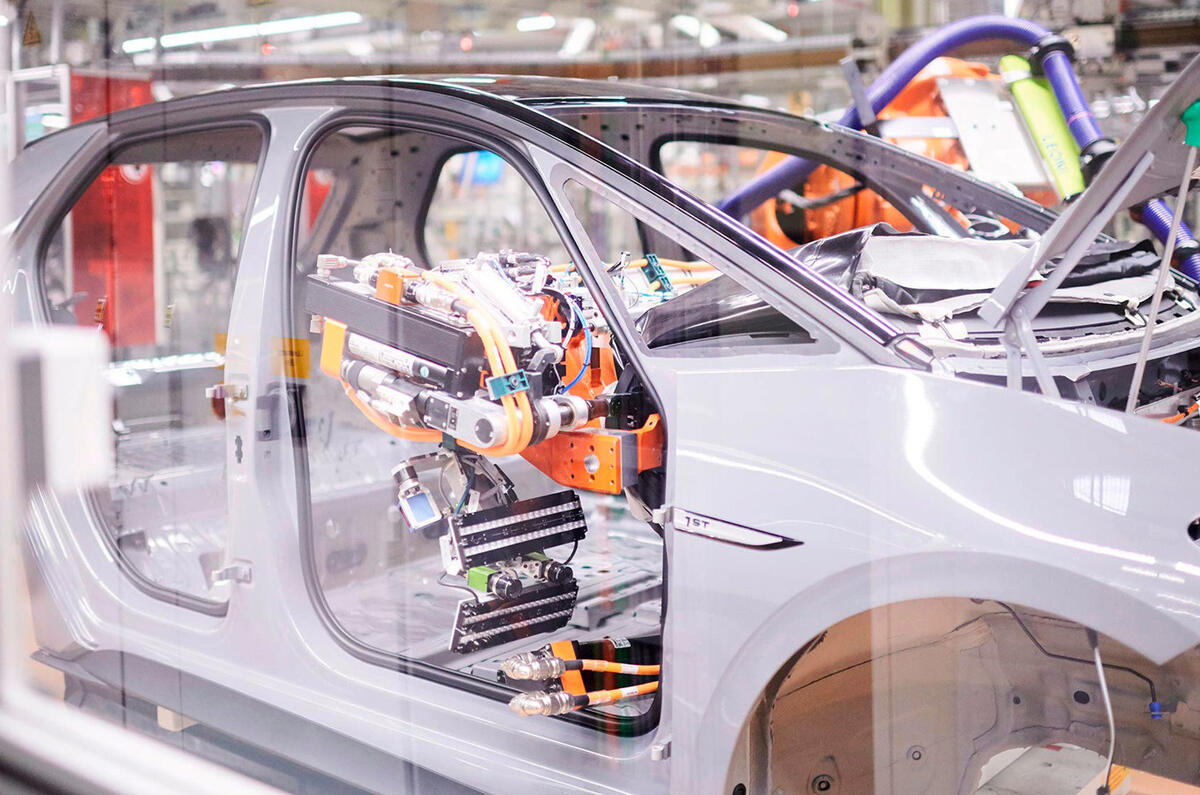
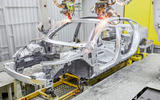
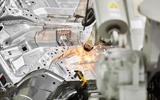
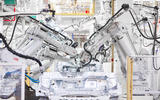
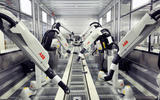

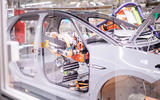




Join the debate
Add your comment
Interesting. The manufacturer implies this is the way to reduce the price of electric vehicles but we've been told time and time again that the more electric vehicles that are produced, the unit cost will come down. So when factories are only producing electric vehicles and they've replaced the manual workers with these robots, we can expect the price to fall? If that's true it'll be the only damned thing to go down in price.
I'll predict prices of electric vehicles will either steady or increase further still.
If you want to know what the car factory of the future will look like go and visit a Tesla Gigafactory. VW's Herbert Diess has already admitted Tesla's Giga Shanghai can build a Model 3 in a third of the time it takes VW to build an ID3 and Giga Berlin will be even faster.
I am curious what the the repairability of these new Teslas will be like with such enormous one piece castings?
These one piece castings are enormously strong. Any crash which will right-off a Tesla Model Y will right off a conventionally constructed vehicle.
Not quite sure how it is possible to write this article with no reference to Arrival ?
i know they're not making cars yet (or anything yet some might say) but this is their big manufacturing pitch with their micro-factories, surely.